7 Tips to Know About Top Things to Know Before Buying House Plants
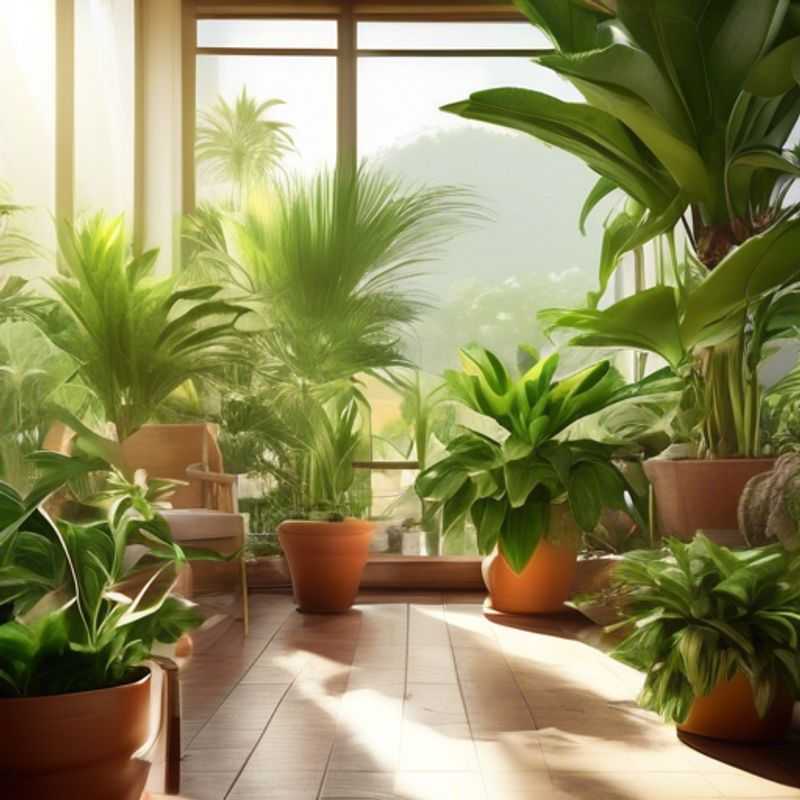
7 Tips to Know Before Buying a House Plant: Research Care Requirements, Consider Light, Water, and Humidity Needs, Determine Pot Size and Soil Type, Learn Proper Watering and Fertilizing Techniques, Understand Signs of Over or Under-Watering, Be Prepared for Commitment, Check for Toxicity Concerns
Bringing a little greenery into your home is a wonderful way to add life, color, and even improve air quality. But before you rush out and buy that stunning fiddle leaf fig or that adorable succulent, it’s crucial to understand the basics of house plant care.

Know Your Plant: Researching Specific Care Requirements for Houseplants
Before bringing a new houseplant home, it's vital to research its specific care requirements. This will ensure your plant thrives and brings joy to your space for years to come. While the internet is a great resource for information, a visit to your local nursery or garden center can provide personalized advice and recommendations. Don't be afraid to ask questions! They're experts in plant care and can help you find the perfect plant for your home and lifestyle.
Key things to consider when researching a plant:
Light: Different plants have varying light needs. Some thrive in bright, direct sunlight, while others prefer indirect light or even low light conditions. Understanding your home's light levels will help you choose a plant that will flourish. You can also use a light meter to measure the amount of light in specific areas of your home.
Watering: Overwatering is a common cause of plant death, so understanding your plant's watering needs is crucial. Research how often to water, the best time of day to water, and how to determine if the plant needs water. Some plants prefer their soil to dry out slightly between waterings, while others prefer consistent moisture.
Humidity: Some plants, like ferns and orchids, require high humidity levels. Consider purchasing a humidifier or grouping plants together to create a more humid microclimate. You can also use pebble trays filled with water to increase humidity. Experiment with different methods to find what works best for your plant and your home.
Temperature: Plants have optimal temperature ranges. Knowing your plant's temperature preferences will help you choose the right spot in your home. Ensure your plant isn't exposed to extreme temperatures or drafts.
Soil: The right type of soil is essential for healthy plant growth. Research the specific soil requirements for your plant. Some plants prefer well-draining soil, while others require a denser, moisture-retentive soil.
Fertilizer: Regular fertilization provides plants with the nutrients they need to grow and thrive. Research the type and frequency of fertilizer your plant needs. You can find a variety of fertilizers specifically designed for houseplants.
Pests and diseases: Be aware of common pests and diseases that can affect your chosen plant. Learn how to identify them early and how to treat them effectively. Regularly checking your plants for signs of infestation or disease can help prevent major issues.
By taking the time to research and understand the specific care requirements of your houseplants, you can create a thriving and beautiful indoor garden that brings joy and peace to your home.
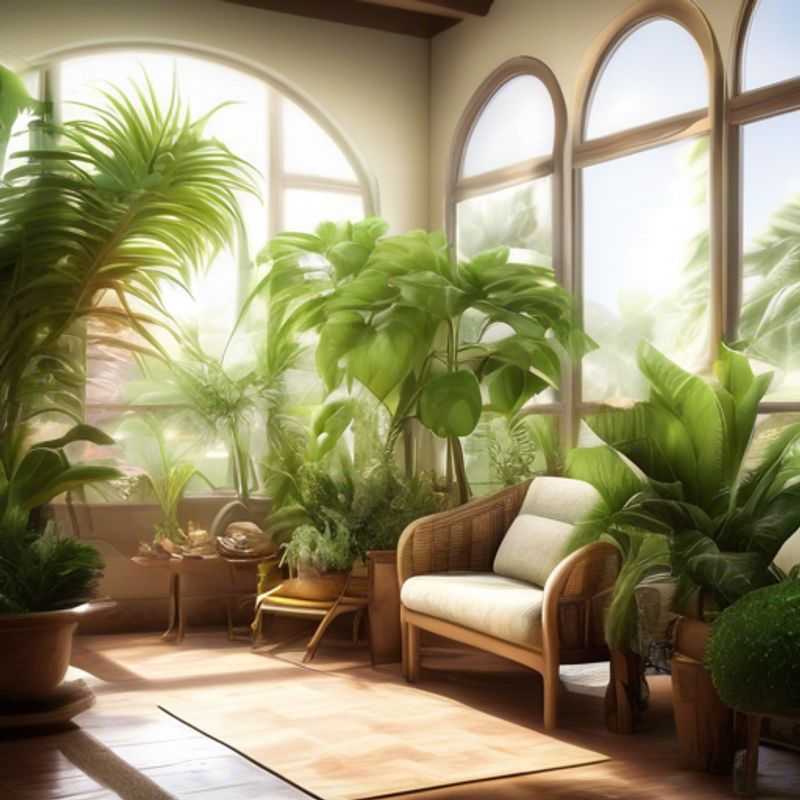
Light, Water, and Humidity: Choosing the Right Spot for Your Plant
Plants, like any living creature, require specific environmental conditions to thrive. The three most critical factors are light, water, and humidity.
Light is essential for photosynthesis, the process by which plants convert sunlight into energy. The amount of light a plant needs depends on its species. Some plants, like succulents, prefer bright, direct sunlight, while others, like ferns, thrive in shady spots.
Water is vital for plant growth, but too much or too little can be detrimental. Different plants have different watering requirements, depending on their root systems and leaf structure. It's important to water plants deeply when the soil is dry, allowing excess water to drain away.
Humidity is the amount of moisture in the air. Some plants, like orchids, prefer humid environments, while others, like cacti, tolerate dry conditions. Maintaining appropriate humidity levels can be achieved through misting plants, placing them near humidifiers, or grouping them together.
By understanding the specific needs of your plants, you can provide them with the optimal environment for growth and development. Remember, there is no one-size-fits-all approach to plant care. It is always advisable to research the specific requirements of your plant species.
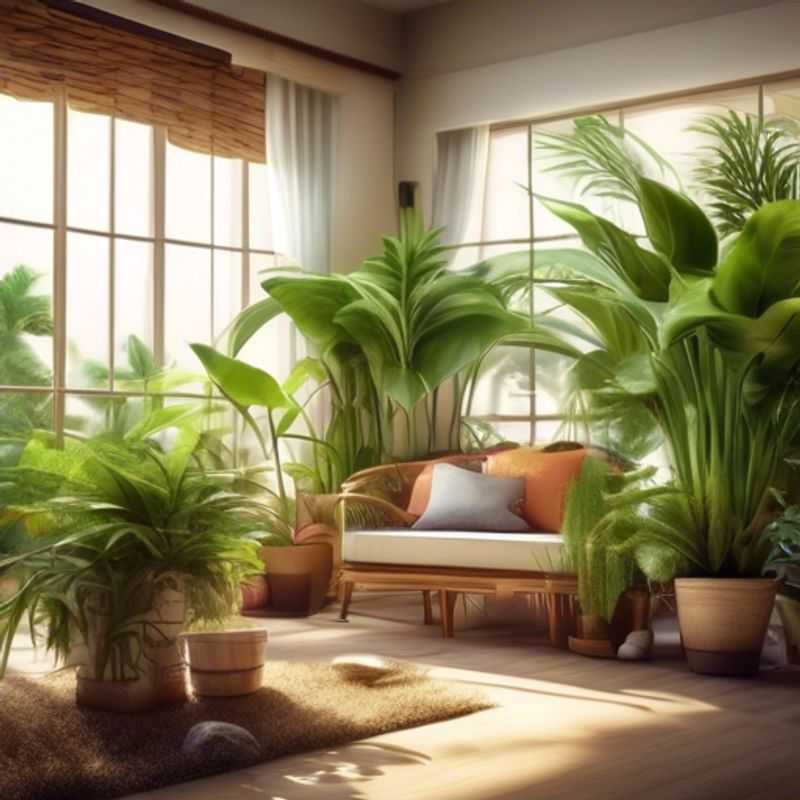
The Right Pot Size and Soil for Happy Plants
Choosing the right pot size and soil type is crucial for your plant's health and growth. A pot that's too small can stunt growth, while one that's too large can lead to root rot.
Here's a simple guide:
Pot Size:
Select a pot that's only slightly larger than the plant's root ball. Allow about 1-2 inches of space between the root ball and the pot's edge. As the plant grows, you can repot it into a larger container.
Soil Type:
The best soil type depends on the plant. Most plants thrive in well-draining soil. Look for a potting mix labeled for the specific type of plant you're growing. Always check the soil's drainage - it should allow water to pass through easily.
Remember, proper pot size and soil type are vital for your plant's well-being. For more in-depth information, consult online resources and gardening guides.
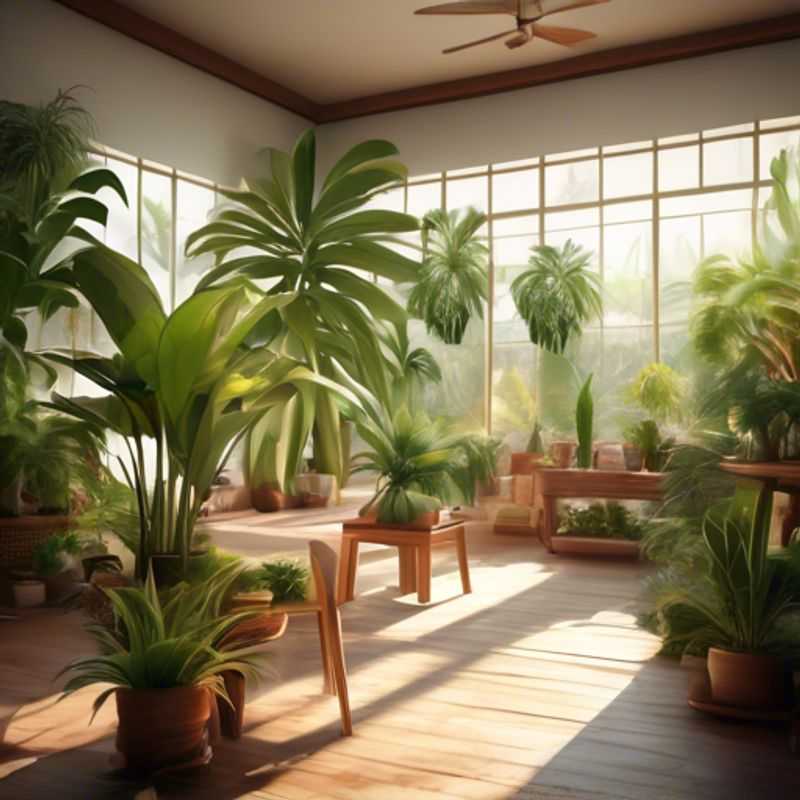
Watering and Fertilizing Your Plants: A Guide to Thriving Greenery
To keep your plants thriving, understanding their watering and fertilizing needs is essential. Let’s break it down:
Watering: The key is to strike a balance. Overwatering can lead to root rot, while underwatering can cause wilting. The best approach is to let the top inch of soil dry out between waterings. Water thoroughly until excess water drains out, ensuring the roots are adequately hydrated.
Fertilizing: Plants need nutrients for healthy growth. Choose a balanced fertilizer specifically designed for the type of plant you have. Follow the instructions on the packaging carefully. During active growth periods, usually in spring and summer, you may need to fertilize more frequently. In winter, when growth slows down, you can reduce or even stop fertilizing.
Remember, these are general guidelines. Different plants have different needs. Research your specific plant to determine its ideal watering and fertilizing schedule.
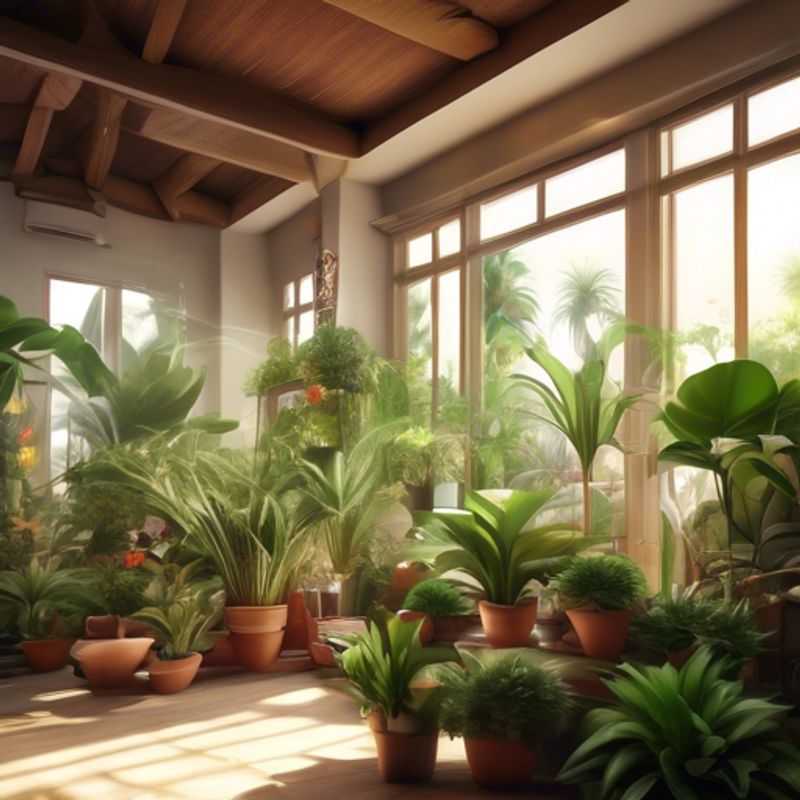
Keep Your Plants Happy: Recognizing Overwatering and Underwatering
Overwatering and underwatering are common plant care mistakes that can lead to various issues. Recognizing the signs of each can help you adjust your watering practices and keep your plants thriving.
Overwatering:
Overwatering occurs when the soil remains too moist for too long, leading to root rot. Signs of overwatering include:
- Yellowing leaves
- Drooping or wilting stems
- Mushy or soft stems
- Foul odor from the soil
- Leaf drop
Underwatering:
Underwatering happens when the soil dries out completely, depriving the plant of essential moisture. Signs of underwatering include:
- Wilting or drooping leaves
- Dry and crispy leaves
- Brown leaf tips or edges
- Soil that feels very dry to the touch
- Stunted growth
Prevention:
To avoid overwatering or underwatering, it's crucial to use well-draining soil and pots with drainage holes. Allow the top inch of soil to dry out before watering again. Also, monitor your plants for any signs of distress and adjust your watering schedule accordingly.
Remember, each plant species has different watering needs. Research the specific requirements of your plants and consider using a moisture meter to check soil moisture levels.
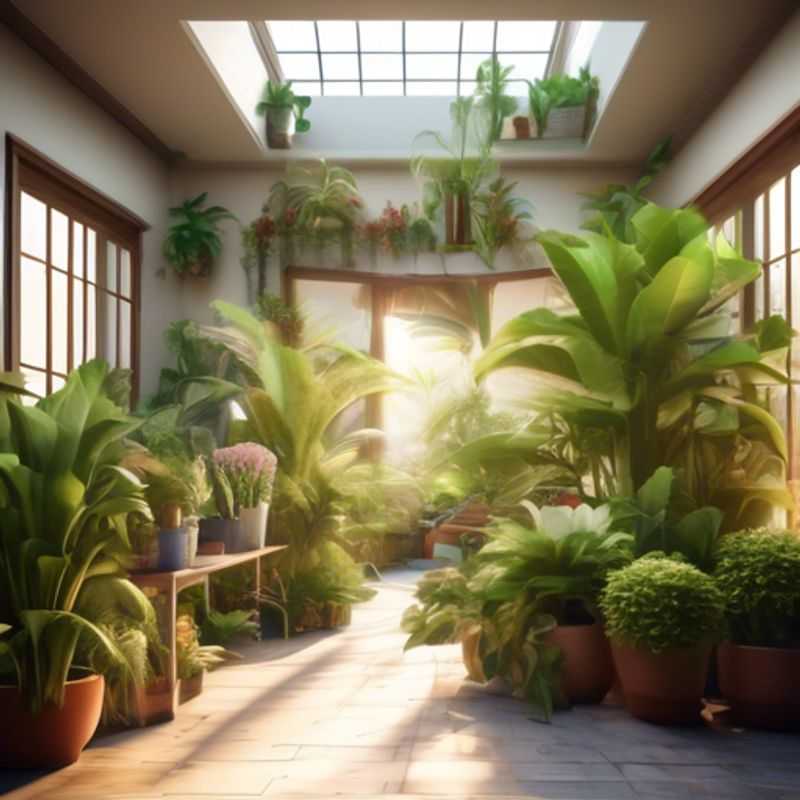
Plant Parenthood: Commitment and Care for Thriving Greenery
To ensure your plant thrives, commitment and care are essential. First, understand the specific needs of your plant species, including light, water, and soil requirements. Most plants require a balance of sunlight and shade, and watering should be done based on the plant's needs—overwatering can lead to root rot, while underwatering will cause wilting.
Additionally, consider the temperature and humidity preferences of your plant. Many indoor plants thrive in temperatures between 65°F to 75°F (18°C to 24°C) and prefer humidity levels of 40-60%. Fertilization is another key aspect; use a balanced fertilizer during the growing season to promote healthy growth.
Be prepared for potential pest control measures, as common pests can affect plant health. Regularly check the leaves and stems for signs of infestation. If necessary, invest in organic pesticides or natural remedies to safeguard your plants.
Finally, the cost of care can vary. Budget for soil amendments, pots, fertilizers, and pest control products. If you plan to hire a professional for maintenance, consider their fees as well. By being aware of these factors and committing to regular maintenance, your plants can flourish beautifully.
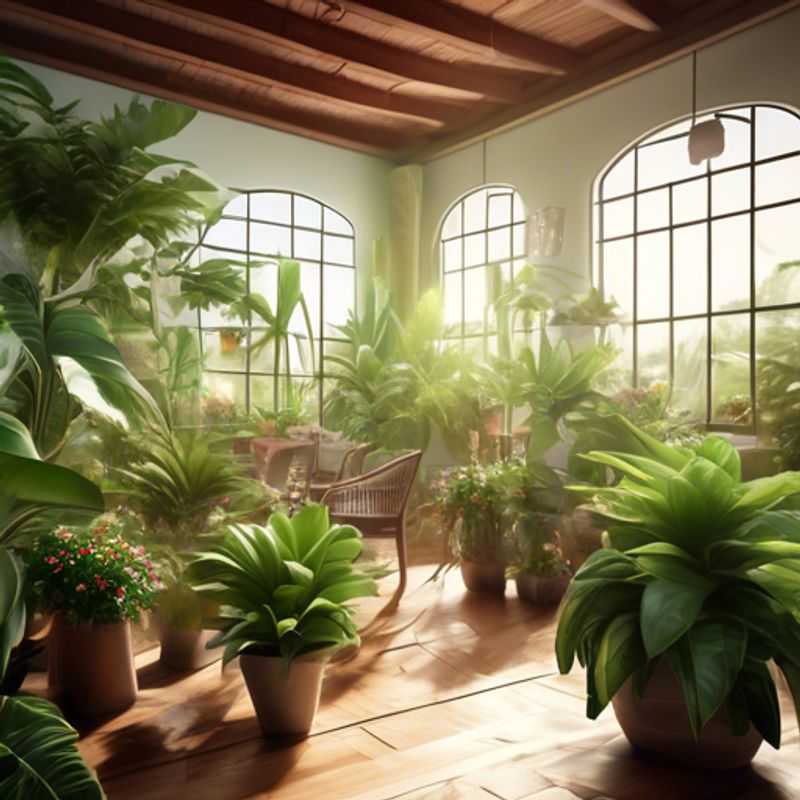
Pet and Child Safety First: Checking for Toxicity in Your Home
Keeping your pets and children safe is a top priority. When introducing new products or substances into your home, it's vital to be aware of potential toxicity concerns. Always check the product label for warnings and safety information.
Certain household items can be toxic if ingested or come into contact with skin. Common culprits include cleaning products, pesticides, medications, and even some plants.
Here are some general tips:
• Store all potentially hazardous items out of reach of children and pets.
• Consider using childproof locks on cabinets and drawers where dangerous products are kept.
• Be mindful of what you bring into your home and dispose of potentially toxic items properly.
If you suspect your pet or child has been exposed to a toxic substance, contact your local poison control center or veterinary emergency clinic immediately. Time is of the essence when dealing with potential poisonings.
Remember, prevention is key. By taking a few simple precautions, you can create a safe environment for your loved ones.
